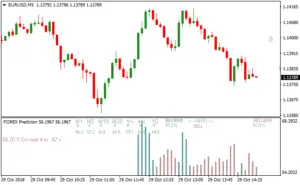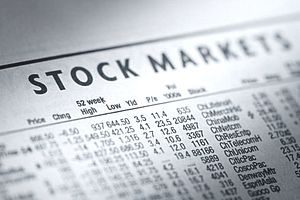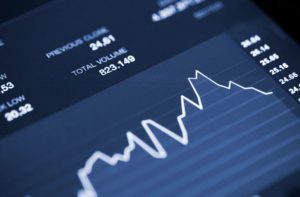
Investors often talk about predictions and trading biases operating in forex trading, but what are they? As a beginner, it’s easy to get confused by these terms. To help you execute the right trading decisions, it’s imperative to learn the difference between biases and predictions.
Definition
As the name suggests, forex predictions are forecasts on how the trading may or may not go. The experts follow the market in detail and offer their predictions on what the outcome of the day will be. Predictions are useful for anticipating whether investing in a particular currency will result in a profitable trade.

Using several trading metrics and signals, experts try to make precise predictions. The predictors will indicate the price of the currency pairs that may trade at a particular price on a specific date and at a particular time. For example, the US Dollar and Euro will trade at 1.2500, meaning that a US Dollar will exchange for 1.2500 Euros.
On the other hand, trading biases work differently. It is a belief about how a currency may work according to their behavior. Understanding biases are easier when you use forex trading software because it shows you the details of how the currencies have performed in the past. You may come across the terms bearish or bullish in forex trading. These are examples of biases.
Significant differences

The most significant difference between a trading bias and a prediction is their approach. Trading biases are open for negation or confirmation from the markets, but predictions are different. They are a statement that already confirms what’s going to happen. It is a separate chapter about what happens if the predictions don’t match. But the fundamental difference between these two forex trading terms is confirmation from the market.
No one can guarantee how the day’s trading will go. There is always an air of uncertainty around. Although many predictions are successful, you can never trust them completely because they don’t confirm anything based on the condition of the market. Biases take a more fundamental and technical approach to supporting their claims. They study the market behavior, the operation of the currencies, and the relationships of the countries before providing an update.
If you notice any change in the market behavior, you can stop your trade. But if you trade based on predictions, you are already deciding to invest without thinking twice about the market behavior.

Forex trading according to market predictions is more like having blind faith on the predictor. You are a disciple to what the predictor says, and you act accordingly. You don’t consider the market environment and the factors that may or may not change the currency pair rates. Since the market is the boss here, you need to focus on it before trading.
Using forex trading applications can give you the latest updates on the change in rates. You may also find the predicted rates for the next day or the next week. However, always wait for the last moment changes before investing to avoid incurring losses on your investment.

